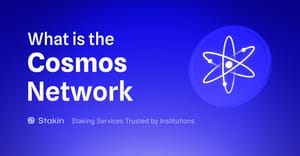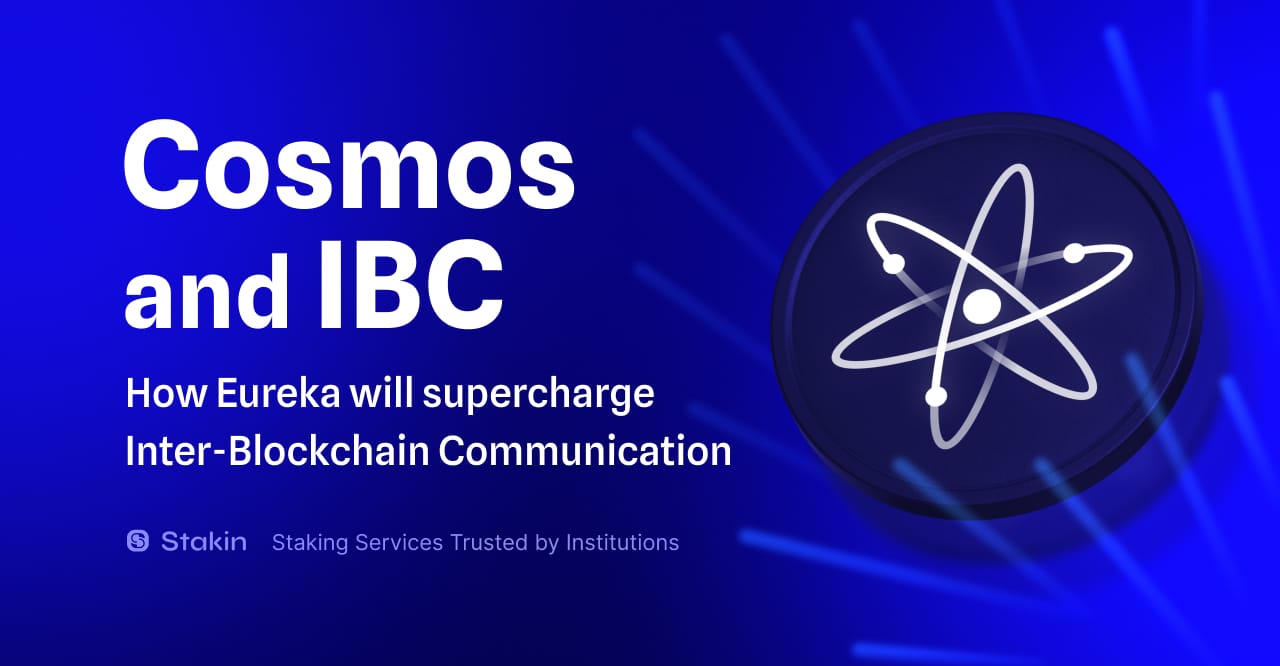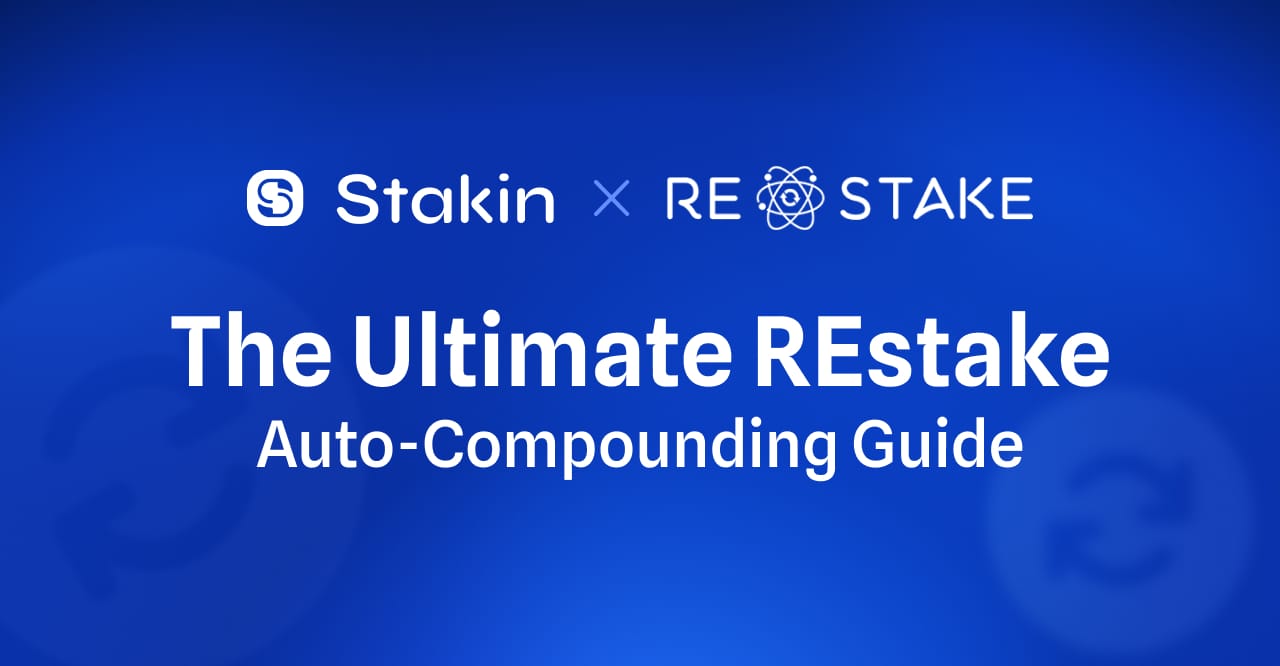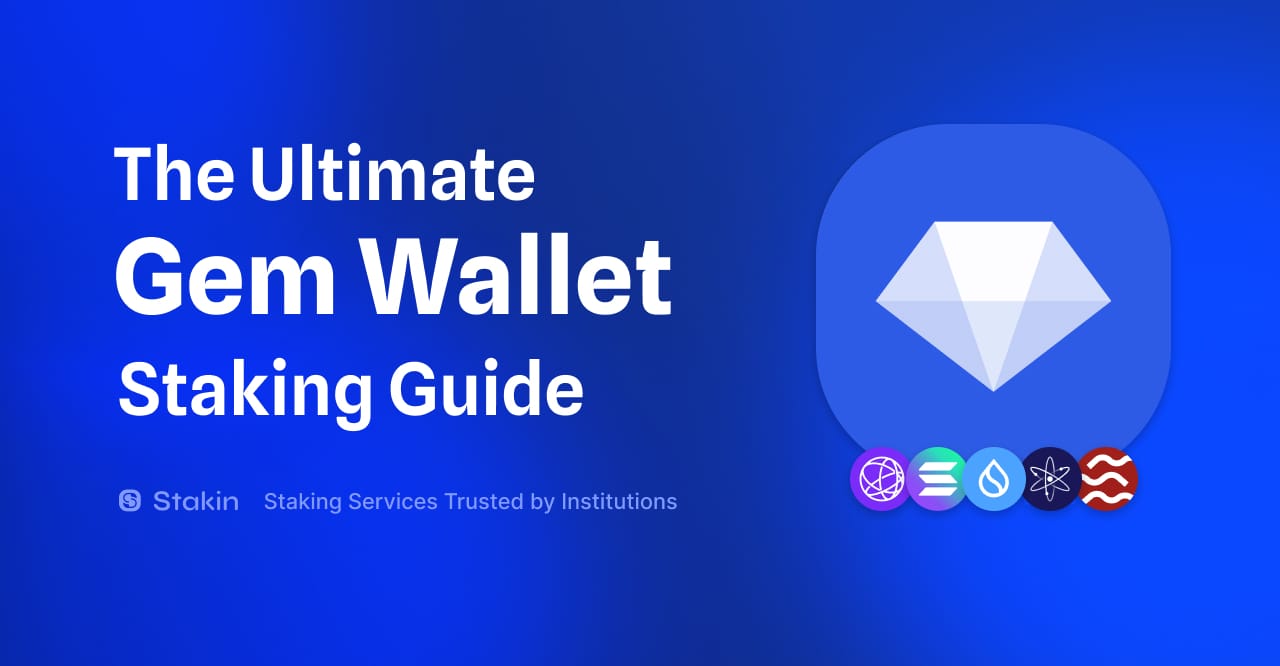In this article, we dive into Cosmos, a decentralized network of independent parallel blockchains powered by BFT consensus algorithms.
Cosmos is an inter-chain ecosystem where blockchains can scale and interoperate with each other instead of the one-chain rule them all strategy adopted by many protocols. More than a simple product or blockchain, Cosmos is a whole ecosystem of tools to build inter-operable application-specific chains, among which the Cosmos Software Development Kit (SDK), Tendermint, the Inter-Blockchain Communication protocol (IBC), and Cosmos Hub are the main components.
Cosmos SDK
The Cosmos SDK (Software Development Kit) is an open-source framework and set of tools that empowers developers to create their own customizable and interoperable blockchain applications. It is the building block for constructing blockchain networks that can seamlessly interact with other blockchains within the Cosmos ecosystem through the Inter-Blockchain Communication (IBC) protocol.
The primary goal of the Cosmos SDK is to simplify the process of blockchain development by providing pre-built modules and functionalities. Developers can leverage these modules to create applications tailored to their specific use cases, without needing to start from scratch. This modularity allows for greater flexibility and efficiency in building blockchain applications with custom features, consensus mechanisms, governance models, and token economics.
Tendermint BFT
Tendermint BFT is a solution that packages the networking and consensus layers of a blockchain into a generic engine, enabling developers to concentrate on application development unburdened by the intricacies of the underlying protocol. As a result, leveraging Tendermint significantly economizes on development time, potentially amounting to hundreds of hours saved.
Moreover, it's worth noting that "Tendermint" not only signifies this solution but also designates the specific Byzantine Fault Tolerant (BFT) consensus algorithm utilized within the Tendermint BFT engine.
Inter-Blockchain Communication Protocol
IBC, which stands for Inter-Blockchain Communication, represents an interoperability protocol designed to facilitate the seamless exchange of diverse data between distinct state machines. This protocol is composed of two distinctive layers: firstly, the transport layer (TAO), which furnishes the essential infrastructure to establish secure connections and authenticate data packets exchanged between blockchain networks. Secondly, the application layer is responsible for precisely defining the packaging and interpretation of these data packets by the sending and receiving blockchains.
The IBC application layer holds the potential to construct a diverse array of cross-chain applications, encompassing but not restricted to token transfers, interchain accounts (enabling delegate calls between two chains), non-fungible token transfers, and access to external Oracle data feeds.
Cosmos Hub
Cosmos Hub is the name of one of the blockchains connected to the ecosystem; this one is being built by the Cosmos team. It keeps a record of the total number of tokens in each zone. It is different from Cosmos Network, also called Cosmos, which designates the whole ecosystem.
The main purpose of the Cosmos Hub is to enable secure and efficient communication and data exchange between different zones. It achieves this through the Inter-Blockchain Communication (IBC) protocol, which allows tokens and data to be transferred seamlessly between interconnected blockchains within the Cosmos ecosystem.
The Cosmos Hub employs its native cryptocurrency called $ATOM, which serves multiple functions within the network. $ATOM holders can participate in governance by voting on proposals to upgrade the network, adjust parameters, or add new features. Additionally, $ATOM can be staked by network participants to secure the Cosmos Hub and earn rewards in the form of staking rewards and transaction fees.
Cosmos Network Key Characteristics
The vision of Cosmos is to make it easy for developers to build blockchains and break the barriers between blockchains by allowing them to transact with each other. Cosmos aims to be the Internet of Blockchains, a network of blockchains able to communicate with each other in a decentralized way.
Most importantly, Cosmos solves some of the key challenges that are currently present within the blockchain industry:
- Scalability: Tendermint is a BFT consensus protocol that can have a block time on the order of 1 second and handle up to thousands of transactions per second, allowing blockchain applications to scale to millions of users, as well as having several separate and specialized chains interacting efficiently through IBC. In case the propagation time increase suddenly, Tendermint can adapt and just increase the block time, which allows pushing the block time as low as possible.
- Interoperability: The connection between blockchains/hubs is achieved through the IBC protocol, a sidechain protocol enabling blockchains to communicate with each other.
- Governance: Within the Cosmos ecosystem, each blockchain maintains its own sovereignty and set of rules, making it optimal for various use cases and enabling the economic integration of various application-specific blockchains without political trouble. Moreover, Cosmos Hub itself will be governed by the ATOM token holders, who benefit from voting rights regarding protocol amendments.
- Usability: Tendermint Core allows developers to focus on application development instead of the complex underlying protocol, saving hundreds of hours of development time: developers can easily develop an application-specific blockchain. Not only do developers not have to write a consensus or protocol by themselves, but they can also program with the language of their choice and build both public and private blockchains.
- Security: Tendermint most notably offers instant finality: users can be sure their transactions are finalized as soon as a block is created. As long as at least two-thirds of the validators are honest, a client can trust any header that is signed by a known validator set, forks are not created, and malicious validators can be somehow punished. Cosmos SDK builds on top of the BFT consensus algorithm Tendermint.
- Bonded Proof-of-Stake (BPoS): The state of the Cosmos Hub, as well as the one of your future application-specific chain, can be maintained through BPoS, a variant of Proof-of-Stake where token holders can earn additional tokens based on the size of their stake. In return for securing the network, validators and delegators can earn an interest rate. Key advantages of BPoS include energy efficiency, automatic rewards, and the fact that staking ratios are not required for validators.
Interchain Security and Cosmos Consumer Chains
Interchain security is a different term for a cluster or family of "shared security" protocols. Within this cluster, there can be multiple versions, designs, and setups. One of these protocols is replicated security, a straightforward approach where the same set of validators used by the Cosmos Hub validates blocks on the consumer chain. This complete overlap of validators enables the consumer chain to inherit the full security of the Cosmos Hub, as each validator contributes its stake to the new chain.
There are two Interchain Security modules:
- The ICS "consumer" module, which consumer chains can install once on-chain governance proposals to launch with replicated security is approved by the Cosmos Hub stakers community.
- The ICS "provider" module, which the Cosmos Hub can install to offer security services to future consumer chains.
Replicated security operates through the IBC protocol. Consumer chains receive periodic IBC packets containing the up-to-date validator set of the Cosmos Hub. They then update their own validator sets and replicate the Cosmos Hub's setup. Cosmos Hub validators can validate multiple consumer chains simultaneously and receive a portion of their transaction fees and inflation as staking rewards in return. This fosters a robust and interconnected ecosystem within the Cosmos Network.
DISCLAIMER: This is not financial advice. Staking, delegation, and cryptocurrencies involve a high degree of risk, and there is always the possibility of loss, including the failure of all staked digital assets. Additionally, delegators are at risk of slashing in case of security or liveness faults on some protocols. We advise you to do your due diligence before choosing a validator.



